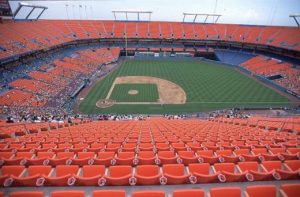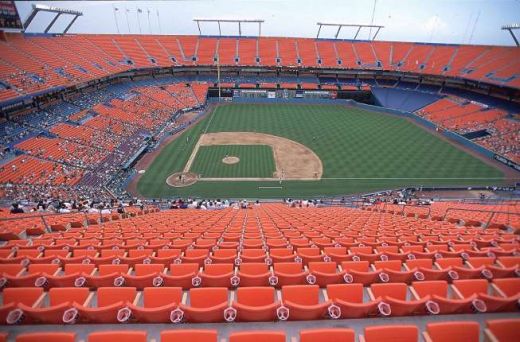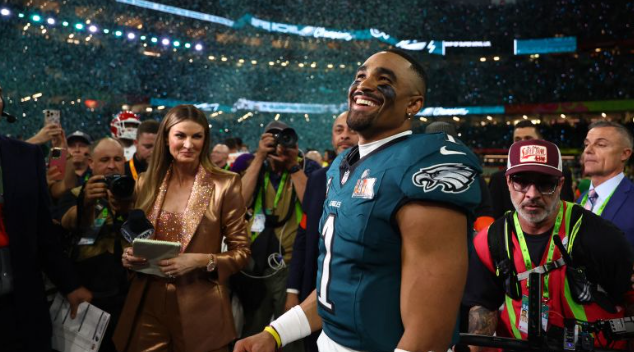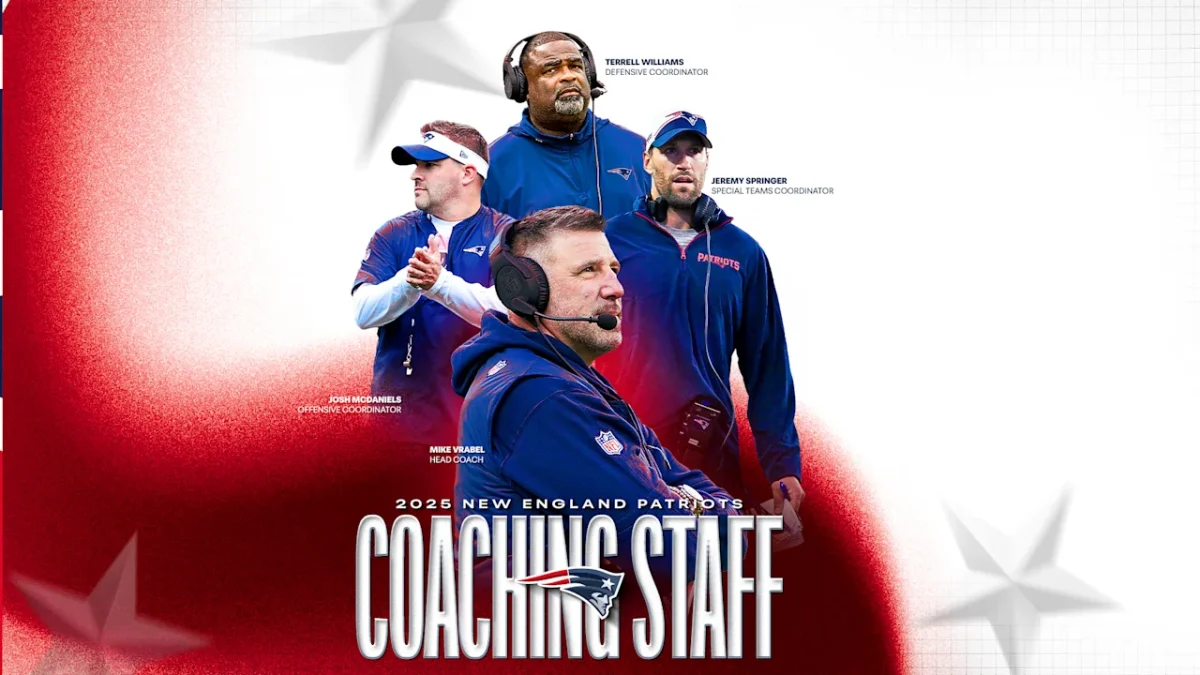
The Cleveland Indians have an 11-10 record on the 2012 MLB season, good enough for first place in the AL central. Another fun fact for you: The Indians also have the lowest average attendance for any MLB team in 2012, with an average of 14,486 attendees for every home game.
The Seattle Mariners average around 21,00 attendees for a home game, good enough for 28th on the MLB ballpark attendance list. The Seattle Sounders, Seattle’s MLS team, averages 38,000 people per home game in 2012, 18,000 more people than the Mariners. Not one other city with a major league ballpark and a soccer stadium has higher attendance for the soccer team; however, while soccer (as well as other sports’) attendance is on the rise, baseball attendance is severely declining. In the major sports cities like Boston or Philadelphia, the ballpark attendance is not a problem, but in the less-sport oriented towns—Seattle, Cleveland, Oakland—attendance for baseball teams is a serious problem.
Is the American ‘National Pastime’ really losing its touch with sports fans? The Miami Marlins just created a new ballpark for 515 million dollars, but some people would argue that the stadium is not a ballpark, but merely a tourist attraction. Although, so far, the new ballpark has drawn a much higher attendance than years’ past—the previously named “Florida Marlins” were 28th in the league in 2011 in ballpark attendance—this could be a result of its tourist allure. Above is a picture of the most ‘dazzling’ feature of the new, spacious stadium—a mechanism that activates whenever the Marlins hit a home run. Like it or not, not many a baseball fan can argue it was worth the 2 million dollar price tag, or that it enhanced a baseball perspective of the game.
Even the famed, prestigous, as-much-as-it-hurts-me-to-say-this, historically great New York Yankees have succumbed to the demand for a higher money intake from fans. Tearing down one of the most famous shrines in baseball down—”The House that Ruth Built”—the Yankees built a new stadium, much more revolved around tourism than baseball. Jim Caple, a writer for ESPN went so far as to call it a “shopping mall attached to a ballpark.”
But can we really attribute the attendance problems to ballpark, for lack of a better word, grandiosity? Some of the numbers correspond, but certainly not all of them—the Yankees still pull out huge crowds, and the number-one rated ballpark was PNC Park, home of the Pirates, a team that ranks 19 in ballpark attendance so far in 2012.
Clearly, some fans from certain cities will go to baseball games, regardless if the main attraction is the tourist venues or the baseball team itself. Some teams, from the more populous and intense sports cities, will draw fans, even if they had them play on a local little league field. But teams like Miami, even with millions of dollars in ballpark spending (and player spending) still can not seem to crack into the upper echelon in average attendance or number of sellouts.
This decline is caused by at least a few of the following factors:
The game itself. Baseball, as any casual fan knows, is un-timed. Football, soccer, basketball, and hockey all have time constraints—barring overtimes—thereby allowing fans to carve out a certain amount of time to go to the game and not have it interrupt their schedule. Baseball games can be a 2 hour 15 minute pitcher’s duel to a 4 hour and 30 minute, drawn out home run derby. The Red Sox game on Sunday, May 6 took a staggering 6 hours and 7 minutes, and even Fenway Park emptied and reminded fans of old Marlins ballpark, where three fans go after one foul ball. Baseball has no restrictions on small, attention breaking glitches in the game, be it taking a minute in between entrances to the batter’s box or the 30 second let’s-see-how-long-I-can-juggle-this-raisin-bag routine.
Also, baseball, unlike all of the aforementioned sports, has a storied past of instability: From Shoeless Joe’s world series fixing, to Pete Rose’s gambling, to various steroid scandals, baseball has proven that the corruption from fame and fortune can affect everyone and everything. Fans can not help but become frustrated at Ryan Braun’s clearance from suspicion because of faulty procedure, not because of innocence or guilt. The steroid scandals have been so influential that almost every time a player rises through a system with outrageous power, someone, somewhere, mentions steroids. Ozzie Guillen’s comments towards Fidel Castro—specifically, his respect for the dictator—led to many a Cuban protest on the streets of Miami, possibly leading to some boycotts of Marlins Park.
Who loves a game in which turnover is minimal and the same teams every year are contenders? The Yankees, Red Sox, and Phillies all have some of the highest payrolls; hence, they are the best teams. A lack of a serious, hard salary cap entitles teams with big money to continue to spend outrageous amounts of money to improve their team. In the new movie “Moneyball,” the Oakland Athletics struggle rebuilding their team after the Yankees pry their best players. The team, with GM Billy Beane, uses advanced metrics to build a winning team, but end up losing in the first round of the playoffs. Although the Athletics seemed to figure out the problem, they eventually fell short to teams like the Yankees, who use their payroll at the expense of the poorer teams. Now that all teams have access to those advanced statistics, the playing field is leveled, and then unleveled by money. Teams like the Astros, Orioles, and Pirates have not contended for years, and do not figure to in the near future because of monetary issues.
Finally, the MLB draft, deservedly so, is unadvertised and is not nationally televised, unlike the NFL, NBA, and even the WNBA draft. Other than Bryce Harper or Stephen Strasburg, can any casual fan name the top five draft picks in any year? Each year, other than the big-names, the rookies are lost in Class A, AA, and AAA baseball, until they finally return to the big leagues, and most fans have forgotten their names. Dustin Ackley and Pedro Alvarez were top-five picks, and it has taken 4 and 3 years, respectively, for each to recreate themselves and make it to the big leagues, never mind become a household name, like a top-three pick like Trent Richardson, already is.
Overall, baseball has clearly lost the attention of many fans, and it can be argued that baseball has lost its ‘way’ by allowing teams to market through tourism more than the baseball. The sport’s time and lack of competition leads to low attendance in the lesser-populated cities, and it could be said that less people in the bigger cities go to the game to watch the baseball than go for the tourist aspects.















Jay Johnston • Jun 12, 2013 at 9:51 pm
I love baseball, but the crazy money spent over the years has so alienated everyone that it is pretty much dead, I`ve seen bigger crowds in England for Div 3 soccer. Wish it could be fixed, but I wouldn`t pay $10, and they want $120